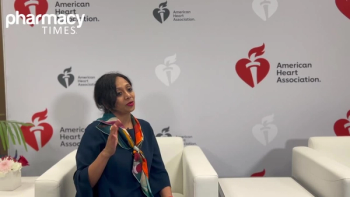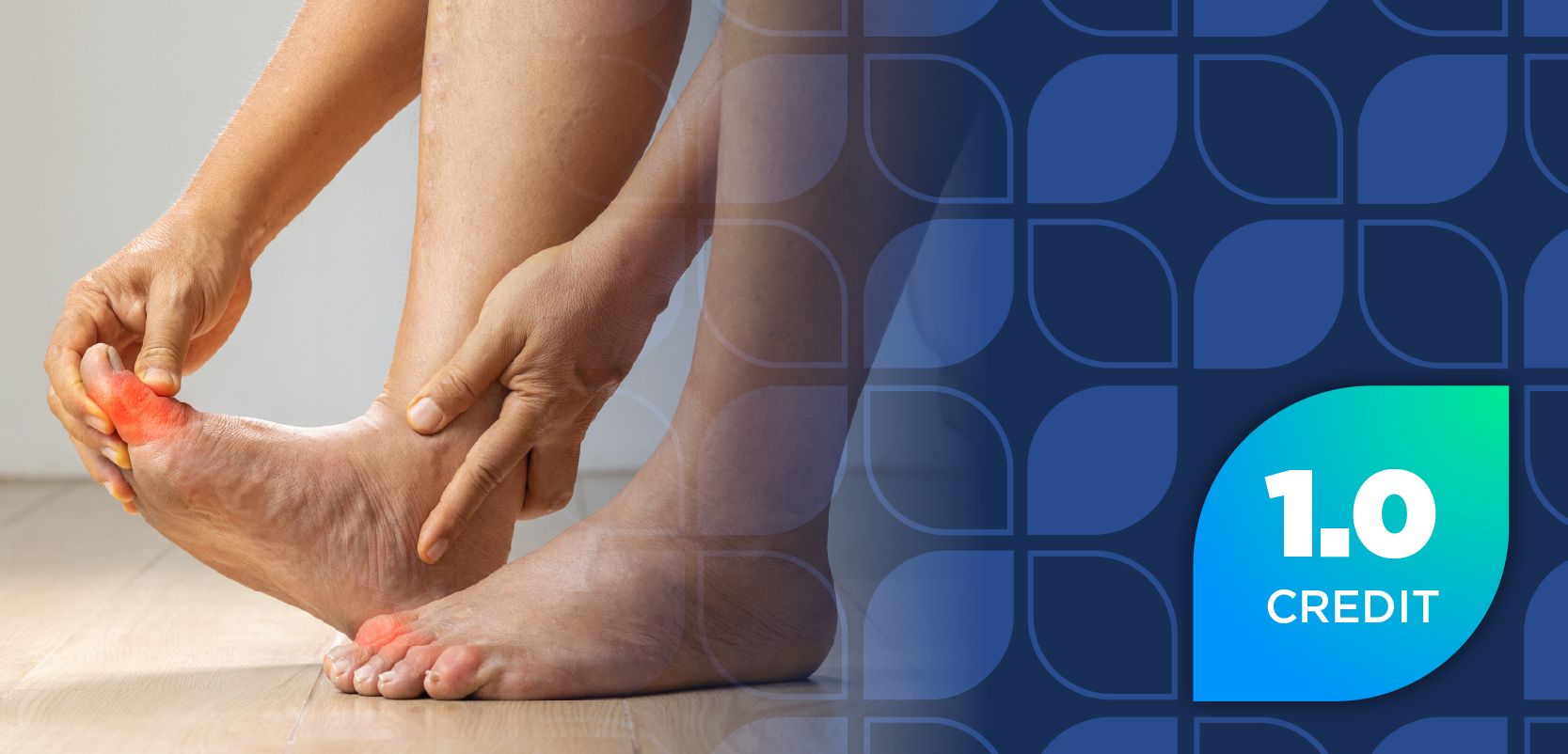
Expanding Pneumococcal Vaccinations to Healthy Adults Aged 50 to 64 Years Offers Significant Health, Economic Benefits
Key Takeaways
- Expanding PCV15/PCV20 to adults aged 50 to 64 years could significantly reduce pneumococcal disease burden, especially in Black Americans, despite modest budget increases.
- The Advisory Committee on Immunization Practices now recommends PCV for adults 50 years and older, addressing systemic health inequities.
The expansion of pneumococcal vaccine recommendations would ultimately lead to economic and health benefits, especially for underserved populations.
Expanding use of the 15-valent pneumococcal conjugate vaccine (PCV15) or 20-valent pneumococcal conjugate vaccine (PCV20) to all US adults aged 50 to 64 years would result in modest budget increases over a 3-year period. However, given the substantial burdens that remain due to pneumococcal disease in this age group, the expansion in coverage would have significant health and economic benefits, especially for all Black adults aged 50 to 64 years.1
Expansion of Age-Based Pneumococcal Recommendations Could Reduce Disease Risk
The risk of pneumococcal disease is often considered most robust for patients with underlying health conditions and those 65 years and older. Prior to October 2024, the Advisory Committee on Immunization Practices (ACIP) recommended use of a PCV only for all adults 65 years and older, including those aged 19 to 64 years with risk conditions for pneumococcal disease. However, in that month’s meeting of ACIP representatives, they voted to recommend a single dose of PCV for all adults 50 years and older who are PCV-naive or who have unknown vaccination history, while keeping in place the risk-based recommendation.1,2
A particular disease burden is present for Black Americans. This population is disproportionately affected by pneumococcal disease due to systemic health inequities. Analyses have found that, compared with White adults, rates of invasive pneumococcal disease (IPD) are 2 times higher in Black adults. Furthermore, an investigation conducted by Norwalk et al found significant differences between Black and non-Black populations in pneumococcal mortality and length of hospital stay. Black individuals and healthy adults aged 50 to 64 years also face increased risk of pneumococcal disease due to serotypes not included in the older 13-valent PCV (PCV13).1,3
The current investigators suggest that widespread use of PCV20 or PCV15 in these populations could address residual disease risk and provide a meaningful benefit. It remains important, though, to evaluate the economic impact of such an age-based expansion in recommendations. Therefore, the study authors assessed the financial impact of introducing PCV15 or PCV20 vaccines among US adults aged 50 to 64 years compared with a high-risk population from the perspectives of US payers.1
Program Expansion Would Cost Billions, But With Robust Health Benefits
A deterministic model was employed to depict the 3-year risk of health outcomes and associated economic costs for multiple pneumococcal vaccination strategies in a population of US adults aged 50 to 64 years. Investigators compared 2 hypothetical scenarios: adults were assumed to receive either PCV20 or PCV15, followed by 23-valent pneumococcal polysaccharide vaccine (PPSV23) as the base case, and were compared with individuals with chronic conditions eligible to receive PCV20 or PCV15 followed by PPSV23 as the reference case. Economic impacts were calculated as the difference in expenditures across the scenarios, the investigators explained.1
Across the 3-year period in the base case scenario, the investigators found that extending only the PCV20 program to US adults aged 50 to 64 years without high-risk conditions would result in a net budget increase of $6.5 billion. For the combined PCV15/PPSV23 program, the extension would cost $9 billion, according to the investigators. Interestingly, if the PCV20 program were only extended to a cohort of Black individuals aged 50 to 64 years, it would cost an additional $850 million over 3 years, with an incremental increase in the program costing $1.1 billion.1
Positive Outcomes Across Populations Seen With Broader Recommendation
In their discussion, the investigators postulated that age-based PCV20 or PCV15 followed by PPSV23 at age 50 years compared with risk-based strategies would likely reduce pneumococcal disease burden in adults 50 to 64 years, make age-based recommendations easier to implement than risk-based strategies, and increase opportunities to develop health conditions that may increase their risk of pneumococcal disease.1
Furthermore, they discussed that their findings could be relevant to high-income and low- and middle-income countries. These settings face unique challenges in implementing effective pneumococcal vaccination programs, such as limited health care infrastructure and varying epidemiological patterns. The findings garnered showcase the potential economic savings and improvement in health that expanding pneumococcal vaccine recommendations could lead to if implemented successfully.1
REFERENCES
1. Vadlamudi NK, Lin CJ, Wateska AR, Zimmerman RK, Smith KJ. A budget impact analysis of 15- or 20-valent pneumococcal conjugate vaccine use in all US adults aged 50—64 years old compared to those with high-risk conditions from US payer perspective. BMC Public Health. 2025;25. Doi:10.1186/s12889-025-22827-9
2. Kobayashi M, Leidner AJ, Gierke R, et al. Expanded Recommendations for Use of Pneumococcal Conjugate Vaccines Among Adults Aged ≥50 Years: Recommendations of the Advisory Committee on Immunization Practices — United States. MMWR Morb Wkly Rep. 2025;74:1-8. doi:10.15585/mmwr.mm7401a1
3. Nowalk MP, Wateska AR, Lin CJ, et al. Racial disparities in adult pneumococcal vaccination indications and pneumococcal hospitalizations in the US. J Natl Med Assoc. 2019;111(5):540-545. doi:10.1016/j.jnma.2019.04.011
Newsletter
Stay informed on drug updates, treatment guidelines, and pharmacy practice trends—subscribe to Pharmacy Times for weekly clinical insights.






















































































































































































































